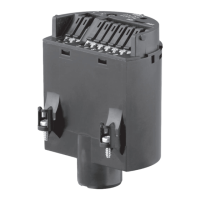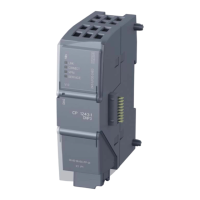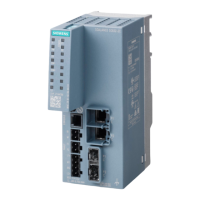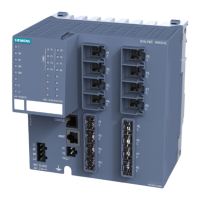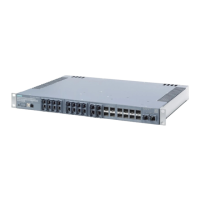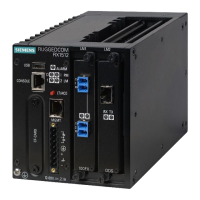Page EN-4 SITRANS LVS100/200 – INSTRUCTION MANUAL 7ML19985FT63
mmmmm
English
Product Features
• High resistance to mechanical forces
• Strong vibration resistance to high bulk material loads
• Rotatable enclosure
• LVS100: R 1½" (BSPT); 1¼" NPT (Taper) threaded connection
• LVS200: Stainless steel 1½” NPT or R 1½” (BSPT) threaded connection, or R 2"
(BSPT) or NPT sliding sleeve. DN 100 and 2, 3, 4" ASME flange and Triclamp 2"
options available.
• Suitable for high or low density material
LVS100 standard version: 30 g/l (1.9 lb/ft
3
) min.
LVS200 standard version: 20 g/l (1.2 lb/ft
3
) min.
LVS200 standard version with low density fork: 5 g/l (0.3 lb/ft
3
) min.
LVS200 liquid/solid interface version: 50 g/l (3.0 lb/ft
3
) min.
Product Applications
• Dry lime, styrofoam, flour, plastic granules
• High or low density, dry bulk materials
• Interface detection of a solid within a liquid (filter beds)
• Flow or no flow detection in pipe using liquid/solid LVS200 version
Principle of Operation
A signal from the electronic circuit excites a crystal in the probe, causing the fork to
vibrate. If the fork is covered by material, the change in vibration is detected by electronic
circuitry which causes the relay to change state after a one second delay. When the
material no longer reaches the tines, full vibration resumes and the relay reverts to its
normal state.
WARNINGS:
• This product is designed as a Pressure Accessory per Directive 97 / 23 / EC
and is not
intended for use as a safety device.
• Materials of construction are chosen based on their chemical
compatibility (or inertness) for general purposes. For exposure to
specific environments, check with chemical compatibility charts
before installing.

